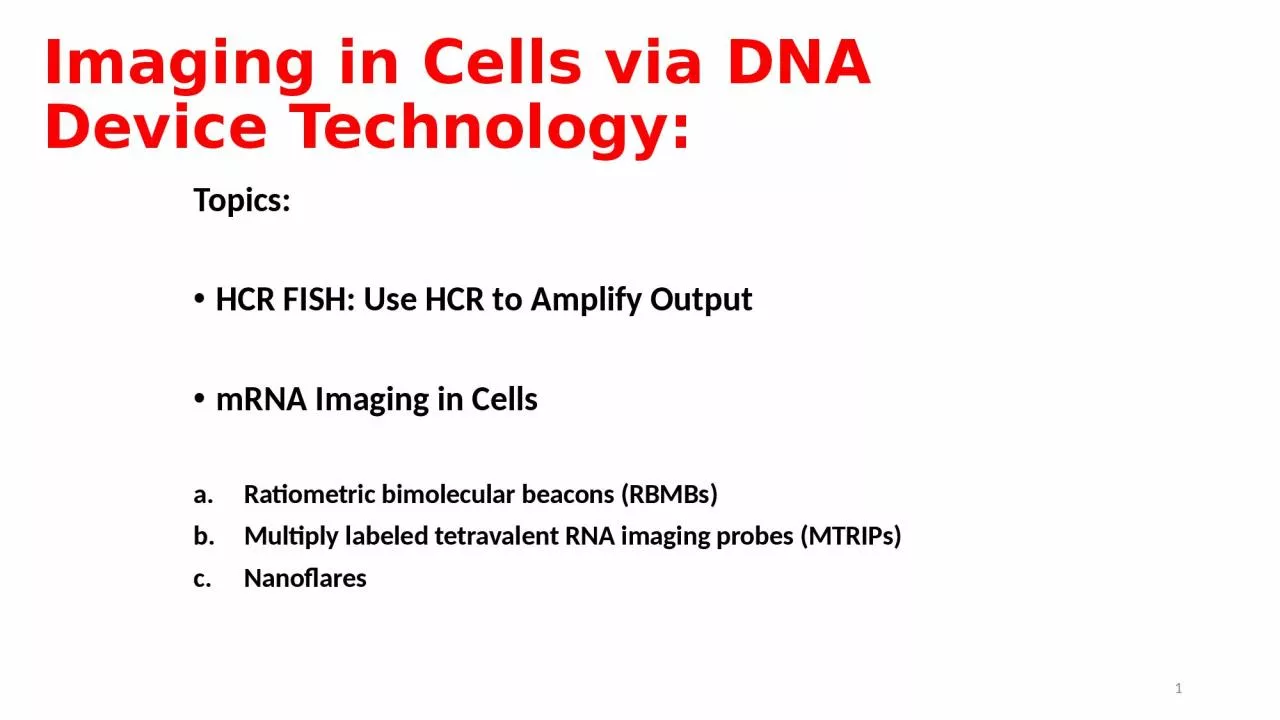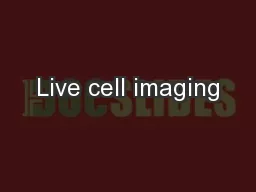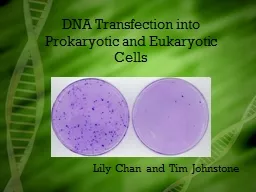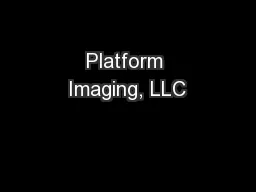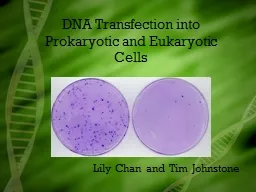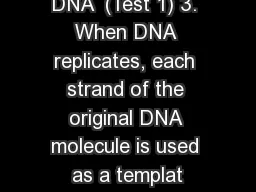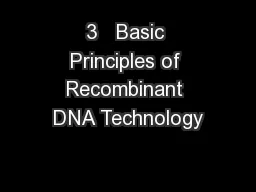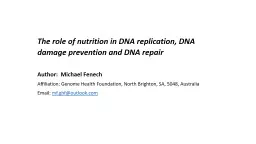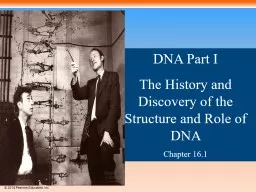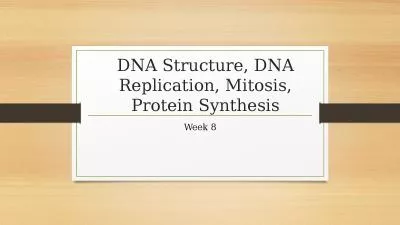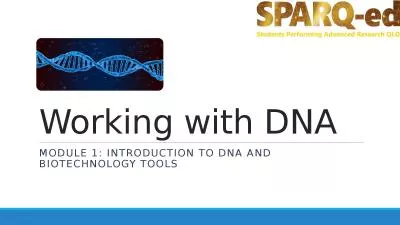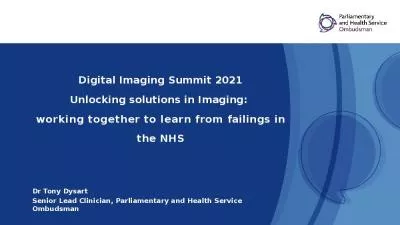PPT-Imaging in Cells via DNA Device Technology:
Author : BunnyBoo | Published Date : 2022-08-01
Topics HCR FISH Use HCR to Amplify Output mRNA Imaging in Cells Ratiometric bimolecular beacons RBMBs Multiply labeled tetravalent RNA imaging probes MTRIPs Nanoflares
Presentation Embed Code
Download Presentation
Download Presentation The PPT/PDF document "Imaging in Cells via DNA Device Technolo..." is the property of its rightful owner. Permission is granted to download and print the materials on this website for personal, non-commercial use only, and to display it on your personal computer provided you do not modify the materials and that you retain all copyright notices contained in the materials. By downloading content from our website, you accept the terms of this agreement.
Imaging in Cells via DNA Device Technology:: Transcript
Download Rules Of Document
"Imaging in Cells via DNA Device Technology:"The content belongs to its owner. You may download and print it for personal use, without modification, and keep all copyright notices. By downloading, you agree to these terms.
Related Documents

